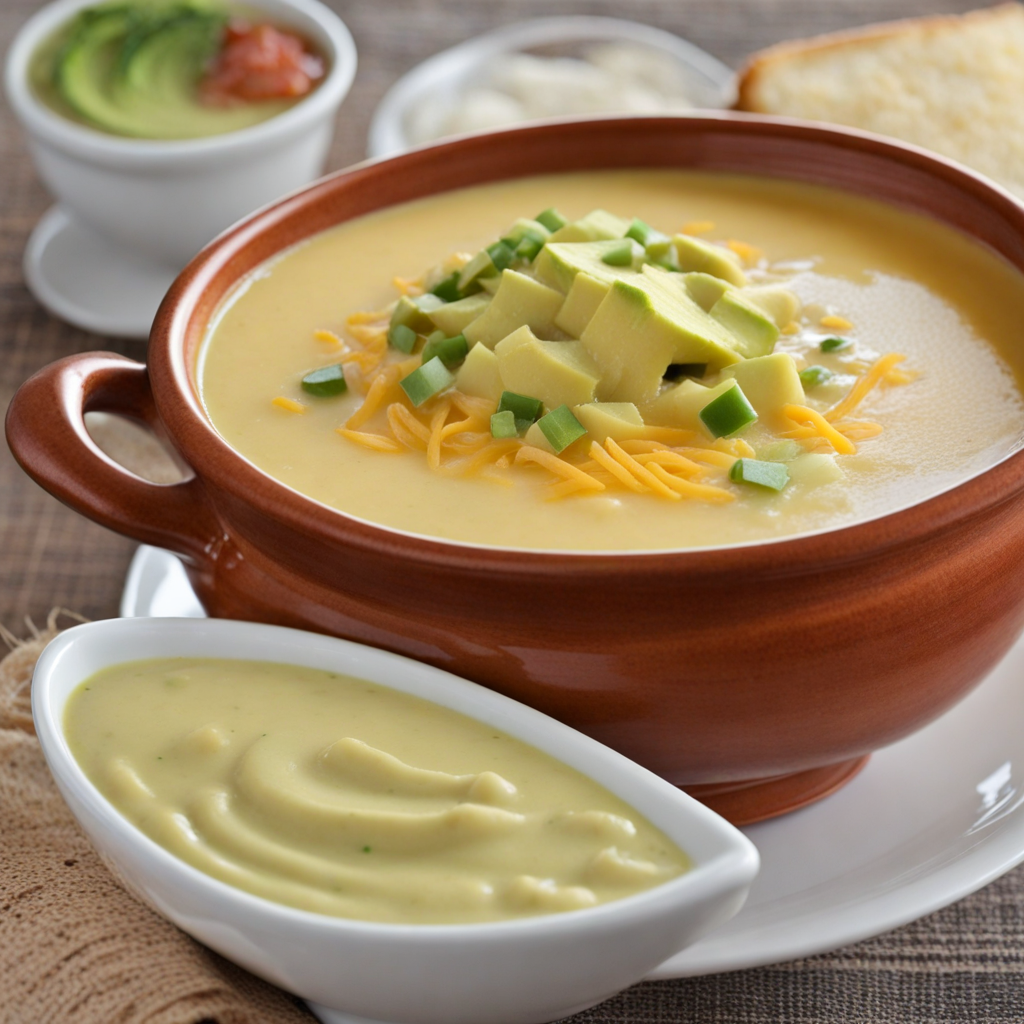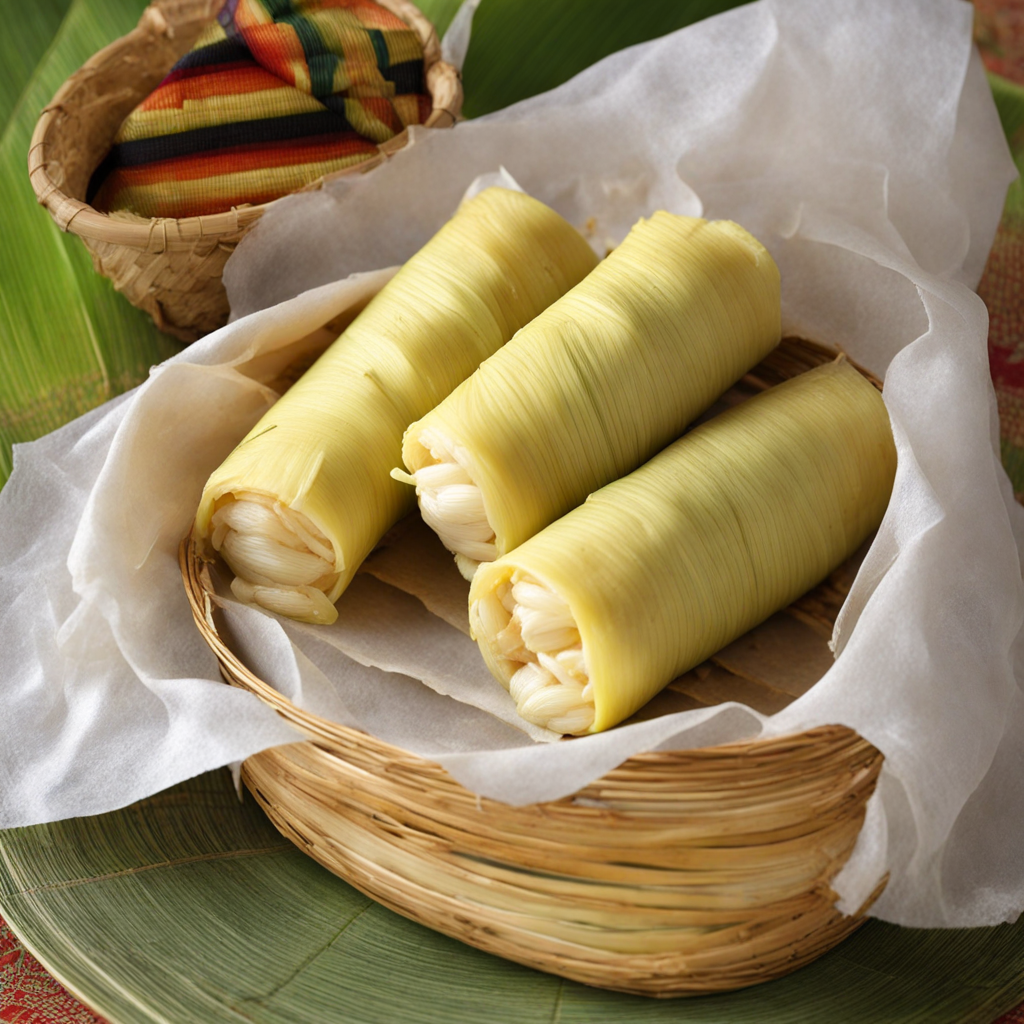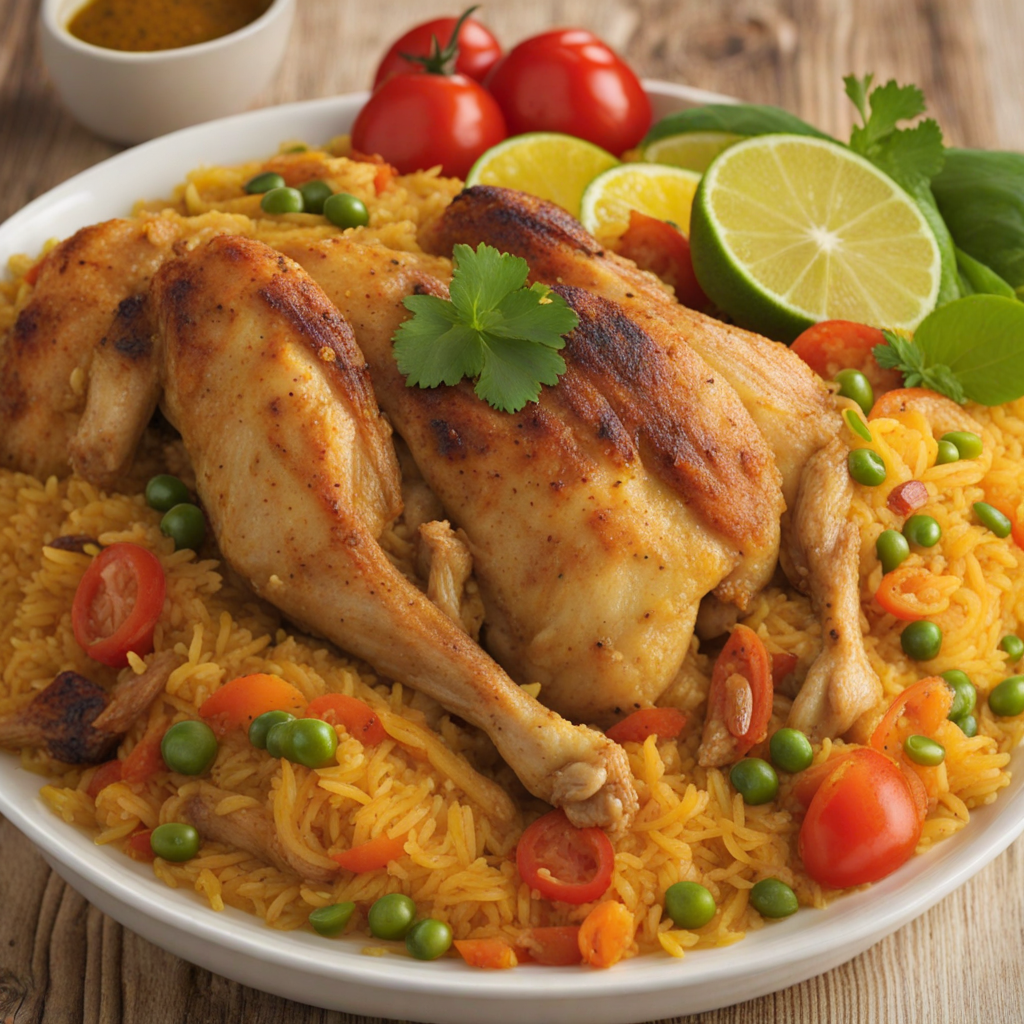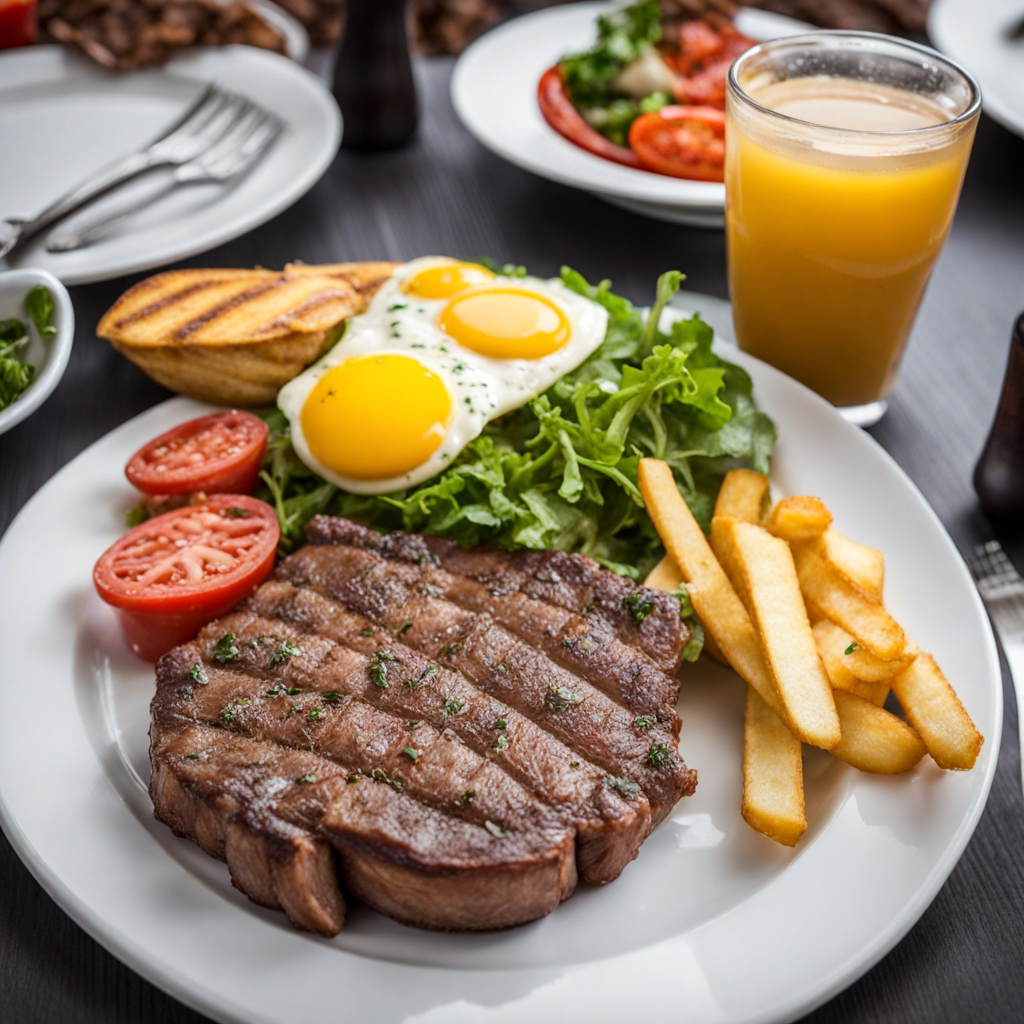Llapingachos
Llapingachos are a delightful Ecuadorian dish that showcases the versatility of potatoes, a staple ingredient in many South American cuisines. These golden, pan-fried potato cakes are made primarily from boiled and mashed potatoes, which are then mixed with cheese, usually a mild, crumbly variety known as queso fresco. The mixture is formed into patties and typically cooked until they develop a crispy exterior while remaining soft and fluffy inside. The addition of spices and herbs like achiote or cilantro can elevate the flavor, lending a subtle depth that beautifully complements the potatoes and cheese. Served traditionally with a variety of accompaniments, llapingachos are often plated alongside a fresh avocado salad, which adds a creamy texture and a burst of freshness to the dish. A drizzle of spicy peanut sauce can also enhance the flavors, introducing a nutty richness that balances the comforting nature of the potato cakes. Additionally, llapingachos are sometimes paired with a protein such as chorizo or grilled meat, making it a hearty and satisfying meal that is perfect for any time of day. What makes llapingachos particularly appealing is their versatility; they can be enjoyed as a main dish, a side, or even as a snack. The combination of textures—from the crispy exterior to the creamy interior—creates a delightful eating experience, while the mild flavors allow for customization with various toppings and sauces. For those looking to explore Ecuadorian cuisine, llapingachos offer a unique taste that is both comforting and full of character, inviting you to savor a piece of Ecuador's rich culinary heritage.
How It Became This Dish
The Engaging History of Llapingachos: Ecuador’s Beloved Potato Dish Introduction: Llapingachos, the iconic Ecuadorian dish made primarily from potatoes, embodies the rich tapestry of Ecuadorian culture and history. These delightful potato pancakes, often filled with cheese and served with a variety of accompaniments, are not merely a culinary creation but a symbol of the diverse influences that have shaped Ecuador’s gastronomic heritage. To appreciate llapingachos fully, we must delve into their origins, cultural significance, and their evolution over time. Origins: The roots of llapingachos can be traced back to the indigenous peoples of the Andes region, particularly the Quechua and Aymara communities, who first cultivated potatoes around 8,000 years ago. The potato, a hardy tuber native to South America, became a staple food for these communities, allowing them to thrive in the harsh conditions of the highlands. The word "llapingacho" itself is derived from the Quechua language, where "llaping" refers to the act of flattening or patting, and "gacho" translates to a kind of food. This etymology speaks to the method of preparation, emphasizing the flat, round shape of the pancakes that are characteristic of the dish. Cultural Significance: Llapingachos are more than just a meal; they are a cultural emblem of Ecuador, representing the fusion of indigenous and Spanish culinary traditions. As Spanish colonizers arrived in the 16th century, they introduced new ingredients and cooking techniques that would influence many traditional dishes, including llapingachos. The integration of cheese, which was not native to the Andes, into the llapingacho recipe is a prime example of this cultural melding. In Ecuadorian households, llapingachos are often prepared for special occasions and family gatherings, underscoring their role in community and familial ties. They are typically served alongside a variety of accompaniments such as avocado, pickled red onions, and aji (a spicy sauce), which enhances their flavor and makes the dish even more appealing. These accompaniments are not merely optional; they add layers of texture and taste, reflecting the Ecuadorian way of celebrating food as a communal experience. Development Over Time: As Ecuador’s culinary landscape evolved, so too did llapingachos. Initially, this dish was prepared using local, native varieties of potatoes, which were often boiled and then mixed with cheese before being shaped into patties and fried. The process of frying created a crispy exterior while maintaining a soft, cheesy interior, making llapingachos a beloved comfort food. In the 20th century, particularly during periods of urbanization and migration, the dish began to gain prominence beyond its regional roots. As Ecuadorians moved to urban centers, they brought their culinary traditions with them. Llapingachos became a popular street food, easily accessible to a growing urban population. Vendors began to serve them with unique twists, such as adding different types of cheeses or incorporating local spices to enhance the flavor profile. In contemporary Ecuador, llapingachos can be found in various forms and settings—from traditional markets and street stalls to upscale restaurants. Chefs have taken the liberty of reinventing the dish, experimenting with ingredients like sweet potatoes, different cheeses, and even incorporating international flavors. This adaptability showcases the resilience and creativity of Ecuadorian cuisine, allowing traditional dishes like llapingachos to remain relevant in a rapidly changing culinary landscape. Llapingachos in Modern Ecuador: Today, llapingachos are considered a national dish, celebrated for their simplicity and heartiness. They are often included in festive meals, particularly during public holidays or family celebrations. Beyond their nutritional value, they hold a sentimental place in the hearts of many Ecuadorians, often evoking memories of home and family gatherings. In modern Ecuadorian culture, llapingachos have also found their way into culinary festivals and competitions, where chefs showcase their skills by creating innovative versions of this traditional dish. Social media has played a significant role in promoting these variations, with food enthusiasts sharing their own takes on llapingachos, further solidifying their status as a beloved staple in Ecuadorian cuisine. Furthermore, the global interest in Latin American cuisine has introduced llapingachos to international palates. As Ecuadorian restaurants pop up in cities around the world, this dish has become a point of pride for Ecuadorians abroad, serving as a culinary ambassador that represents their heritage. Conclusion: Llapingachos are more than just a delicious potato pancake; they are a reflection of Ecuador's rich cultural history and the enduring legacy of indigenous culinary practices. From their origins in the Andean highlands to their modern-day status as a national dish, llapingachos encapsulate the spirit of Ecuadorian hospitality and community. As diners savor each bite, they partake in a tradition that spans centuries, a dish that has adapted and evolved while retaining its core identity. Whether enjoyed at a bustling market stall or a cozy family dinner, llapingachos continue to bring people together, celebrating the power of food to connect us to our roots and to each other. Through every llapingacho served, a story is told—of heritage, resilience, and the timeless joy of sharing a meal.
You may like
Discover local flavors from Ecuador







